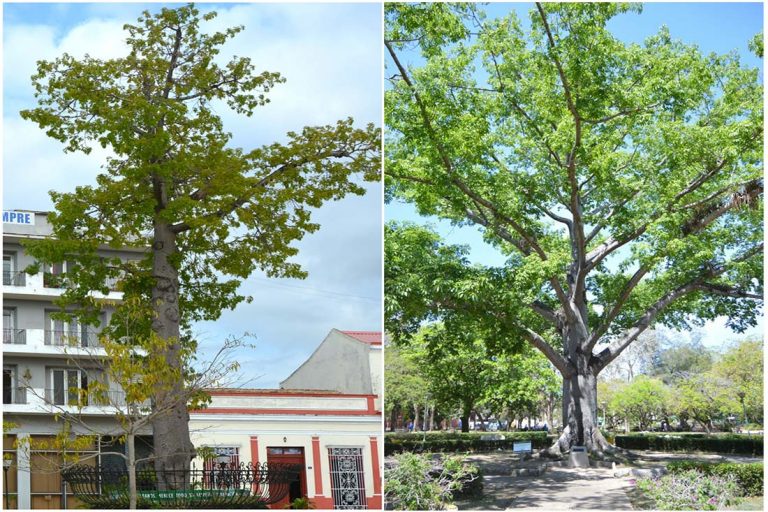On May 5th, 1902, in the city hall of Puerto Príncipe, present-day Camagüey, two of its councilors defended the idea of planting the Independence tree in Mercedarian Square.
Corporations and members of that body showed interest in planting a ceiba that would raise awareness about the North American domination on the island and the change from the intervening government to the Republic of Cuba; this celebration would take place in the Cuban capital, on May 20th, 1902.
Finally, the president of the city council and former colonel of the ’95 War Pedro Mendoza Guerra ordered “[…] to plant the Tree of Independence, designating a small ceiba, and as a place: the center of the Park located in the Charles A. Dana square, giving it also the best urbanization conditions to the rest of said square […] ”.
Contrary to that decision, on May 12th, another councilor presented a request in which he proposed to move the tree to the Casino Campestre Park, in a nearby place where the first stone for the monument to Mayor Ignacio Agramonte should be placed.
Given the controversy, it was necessary to convene a “special session in the Mercedarian Square”, from which the first of the proposals was ratified, while the ceiba dedicated to the neocolonial Republic would be planted in the Casino Campestre, and the first stone for the monument would have its place in the Agramonte Park.
All in the midst of an exceptional situation characterized by the opposition of several Cuban delegates, in front of those who in the Senate aspired to the annexation of Cuba to the United States; position against which Salvador Cisneros stood with his Particular Vote against the Platt Amendment.
Since May 20th, 1902, the Tree of Independence can be admired, a fact that marks a historical milestone in the reaffirmation of the sovereignty and freedom of the Cuban people. The tree as sovereign member of our nature and of the environment deserves veneration and care.
Translated by: Aileen Álvarez García






